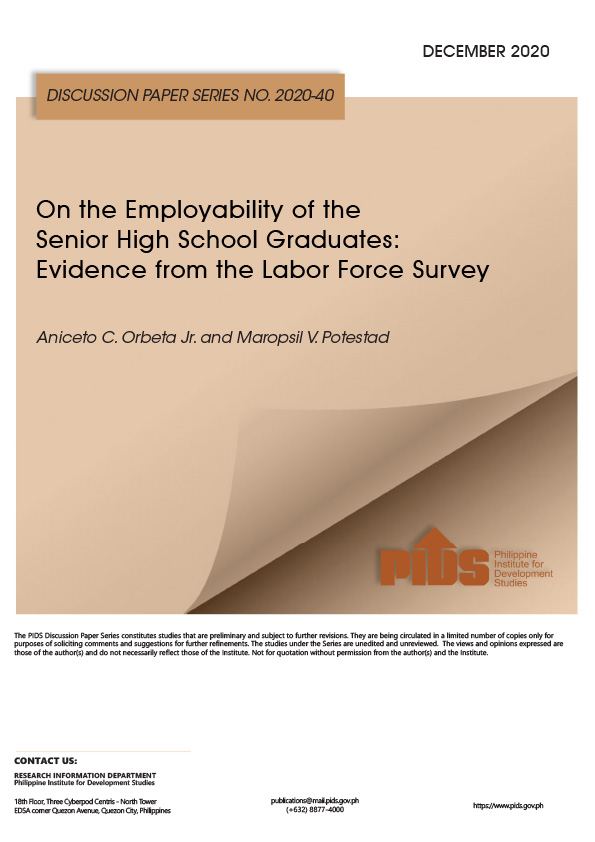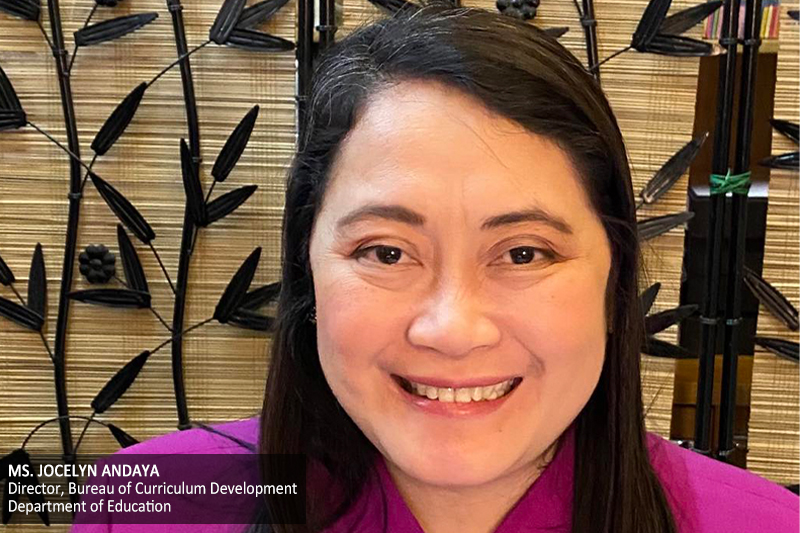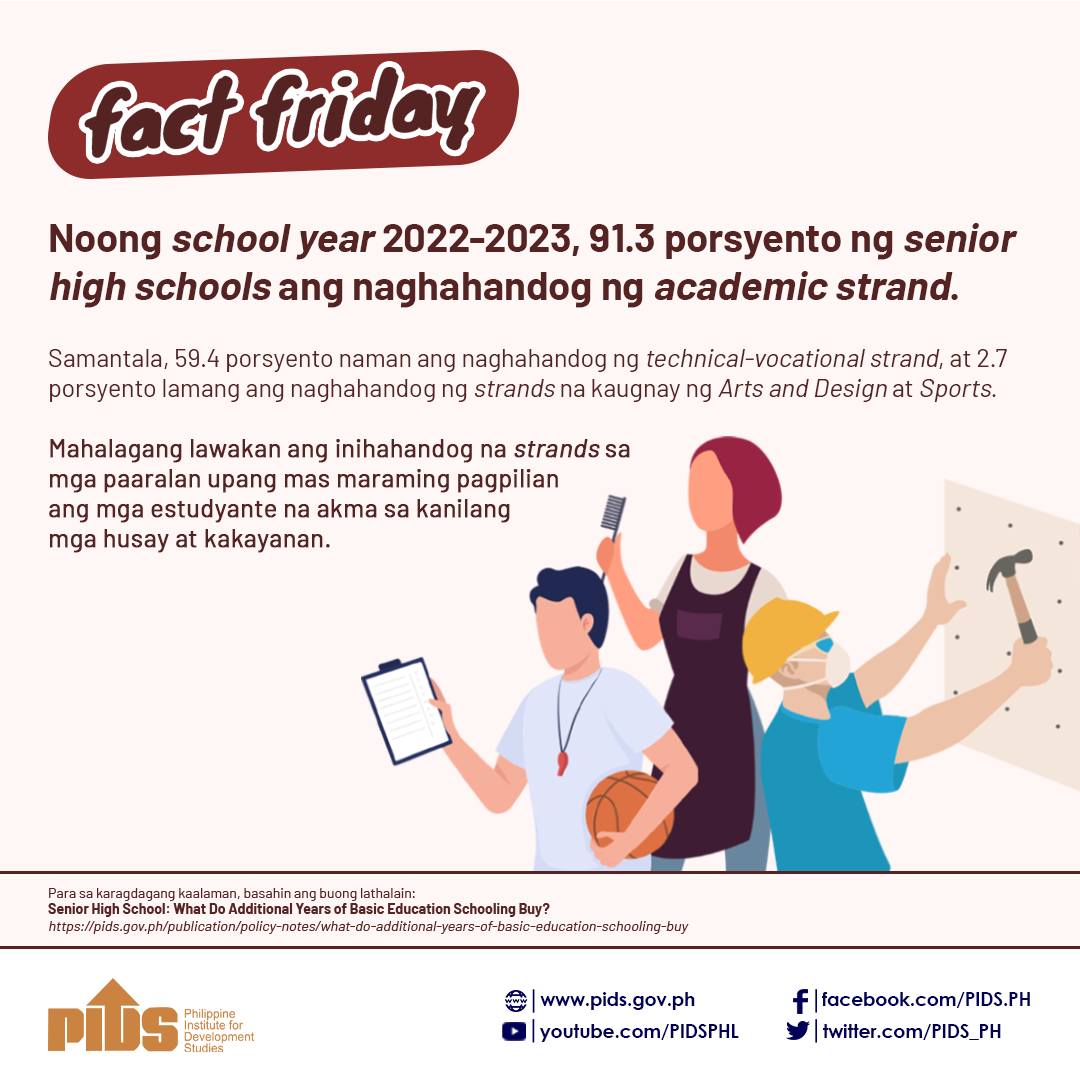THE sports and arts tracks are least offered under the senior high school (SHS) program of the Department of Education (DepEd), a study by the Philippine Institute for Development Studies (Pids) revealed.
The study, Status of Senior High School Implementation: A Process Evaluation released in December 2019, 98 percent or 10,883 out of the total 11,087 SHS institutions in the whole country do not offer sports and arts tracks.
The study noted that among the eight strands, less than one percent of them are offering the arts and sports tracks.
Teachers in Davao City National High School (DCNHS) teaching arts and design agree that the government fails to prioritize for practical reasons.
“I think ang uban, in general lang ha, they think na dili kaayo ta makakwarta sa arts, mao dili siya gina-offer (I think, people have the general notion that you cannot gain income in arts that is why it is not offered),” literary arts teacher Ria Valdez said.
Dance teacher John Riv Akyatan said the schools have not established and standardized its facilities, particularly in the sports track.
“Less pud ang promotion. Sa Junior High School usually gina-focus jud sa mga academic tracks like Stem (Science, Technology, Engineering, and Mathematics) and ABM (Accountancy, Business, and Management). Murag left behind ang arts and design (There is the lesser promotion of arts and sports strands so they are left behind. In Junior High School, they focus on academic tracks like Stem or ABM),” Akyatan added.
He said the students are also influenced by their parents to take strands other than arts and sports for practical reasons.
In the study, Pids consultant Karen Brillantes said the students express a lack of choice in terms of tracks and strands due to supply-side issues in program offerings.
“Many students fail to enter to strands they like simply because of the unavailability of tracks at provincial and regional levels,” Brillantes said.
In DCNHS, there are only six faculty teaching arts and design with an estimated number of 120 junior and senior high school students.
The DCNHS teachers called for the government’s full support and to prioritize building more classrooms and providing facilities, especially for sports and arts.
Brillantes also “urged the education department to clarify the curriculum implementation design such as the subject delivery, classroom assessment, scope of subjects, scheduling; address the inadequacies in program inputs such as teachers, learning resources, school buildings, facilities, tools, and equipment; and provide appropriate trainings for teachers so they can better deliver the curriculum in schools.”
She said “all tracks and major strands must be available at least at the provincial or regional level, strengthen career guidance in schools, expose students to performances and sports competitions like the Palarong Pambansa, and balance their academics and extra-curricular activities.”
The study, Status of Senior High School Implementation: A Process Evaluation released in December 2019, 98 percent or 10,883 out of the total 11,087 SHS institutions in the whole country do not offer sports and arts tracks.
The study noted that among the eight strands, less than one percent of them are offering the arts and sports tracks.
Teachers in Davao City National High School (DCNHS) teaching arts and design agree that the government fails to prioritize for practical reasons.
“I think ang uban, in general lang ha, they think na dili kaayo ta makakwarta sa arts, mao dili siya gina-offer (I think, people have the general notion that you cannot gain income in arts that is why it is not offered),” literary arts teacher Ria Valdez said.
Dance teacher John Riv Akyatan said the schools have not established and standardized its facilities, particularly in the sports track.
“Less pud ang promotion. Sa Junior High School usually gina-focus jud sa mga academic tracks like Stem (Science, Technology, Engineering, and Mathematics) and ABM (Accountancy, Business, and Management). Murag left behind ang arts and design (There is the lesser promotion of arts and sports strands so they are left behind. In Junior High School, they focus on academic tracks like Stem or ABM),” Akyatan added.
He said the students are also influenced by their parents to take strands other than arts and sports for practical reasons.
In the study, Pids consultant Karen Brillantes said the students express a lack of choice in terms of tracks and strands due to supply-side issues in program offerings.
“Many students fail to enter to strands they like simply because of the unavailability of tracks at provincial and regional levels,” Brillantes said.
In DCNHS, there are only six faculty teaching arts and design with an estimated number of 120 junior and senior high school students.
The DCNHS teachers called for the government’s full support and to prioritize building more classrooms and providing facilities, especially for sports and arts.
Brillantes also “urged the education department to clarify the curriculum implementation design such as the subject delivery, classroom assessment, scope of subjects, scheduling; address the inadequacies in program inputs such as teachers, learning resources, school buildings, facilities, tools, and equipment; and provide appropriate trainings for teachers so they can better deliver the curriculum in schools.”
She said “all tracks and major strands must be available at least at the provincial or regional level, strengthen career guidance in schools, expose students to performances and sports competitions like the Palarong Pambansa, and balance their academics and extra-curricular activities.”







